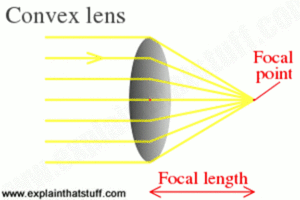Evaporative salts are salts that have been drawn from saltwater through evaporation. They are employed in agriculture, clothes, road salting, food curing, and preservation. Salt evaporation is done through an artificial shallow salt pan known as a salt evaporation pond that draws salts from brines, such as seawater. Most evaporation ponds are natural, but others have minor modifications.
Used as a refrigerant
Dry salting is pressing salt into meat or fish before stacking and preserving it in a container with additional dry salt. Certain commodities might remain for years if stored correctly because the salt sucks out moisture, prevents the formation of microbes, and slows the pace of decomposition. A typical refrigeration technique involves soaking food with high salt in brine or water. Typically, salt solutions reduce the temperature by evaporating volatile liquids and condensed gases. Using saltwater solutions as coolants is eco-friendly, thereby conserving the environment.
Dye fabric
Evaporative salts are used in the textile industry when dying fabrics. Water-soluble (reactive) dyes are typically responsible for the colouration of textile effluents. The ability of anaerobic microbial consortia to decolourize dyes is well recognized; nevertheless, the high concentration of salts in reactive dyeing effluent is another aspect that must be considered. During reactive dyeing, nitrate, sulfate, chloride, and carbonate salts can all be utilized. Traditional reactive dyeing produces colourful effluents that include a lot of salt.
Deicing roads
Sodium chloride (NaCl), sometimes known as table salt or rock salt when sprinkled on the road due to its considerably bigger particles, is the most widely used material for deicing roads and highways. The majority of winter maintenance deicing procedures rely heavily on rock salt. Authorities reduce salt penetration into aquifers and improve salt adhesion to the road by prewetting salt before applying it to a highway.
Used as seasoning in food
Salt is mainly used in seasoning food; to some degree, it is present in nearly every meal. What salt does is remove moisture from food, which enhances the flavour.

Production of paint and cleaning agents
Primarily, evaporative salt functions as a preservative in liquid soap to make it long-lasting and alters the viscosity making it thicker. Evaporative salt hardens non-liquid soap, makes powder soap non-corrosive on appliances such as washing machines and balance the pH of soap product to stop any unwelcome chemical reactions or discolouration when using. Emulsion paints dry through water evaporation in a process that involves evaporative salt.
6. Bacteria decomposition
salt sucks out moisture, prevents the formation of microbes, and slows the pace of decomposition. Most bacteria do not survive because of their dehydrating effects on bacterial cells.
7. Ignites flammables such as methane
Evaporative salt helps ignite methane and other flammables. Deep soil layers with increased salt concentrations are crucial for the tidal salt marsh’s methane dynamics, which deep-rooted plants bring about. With a significant water loading, flammable gases are difficult to ignite and burn, but this is not true when evaporative salt is added or when the water is salty.




